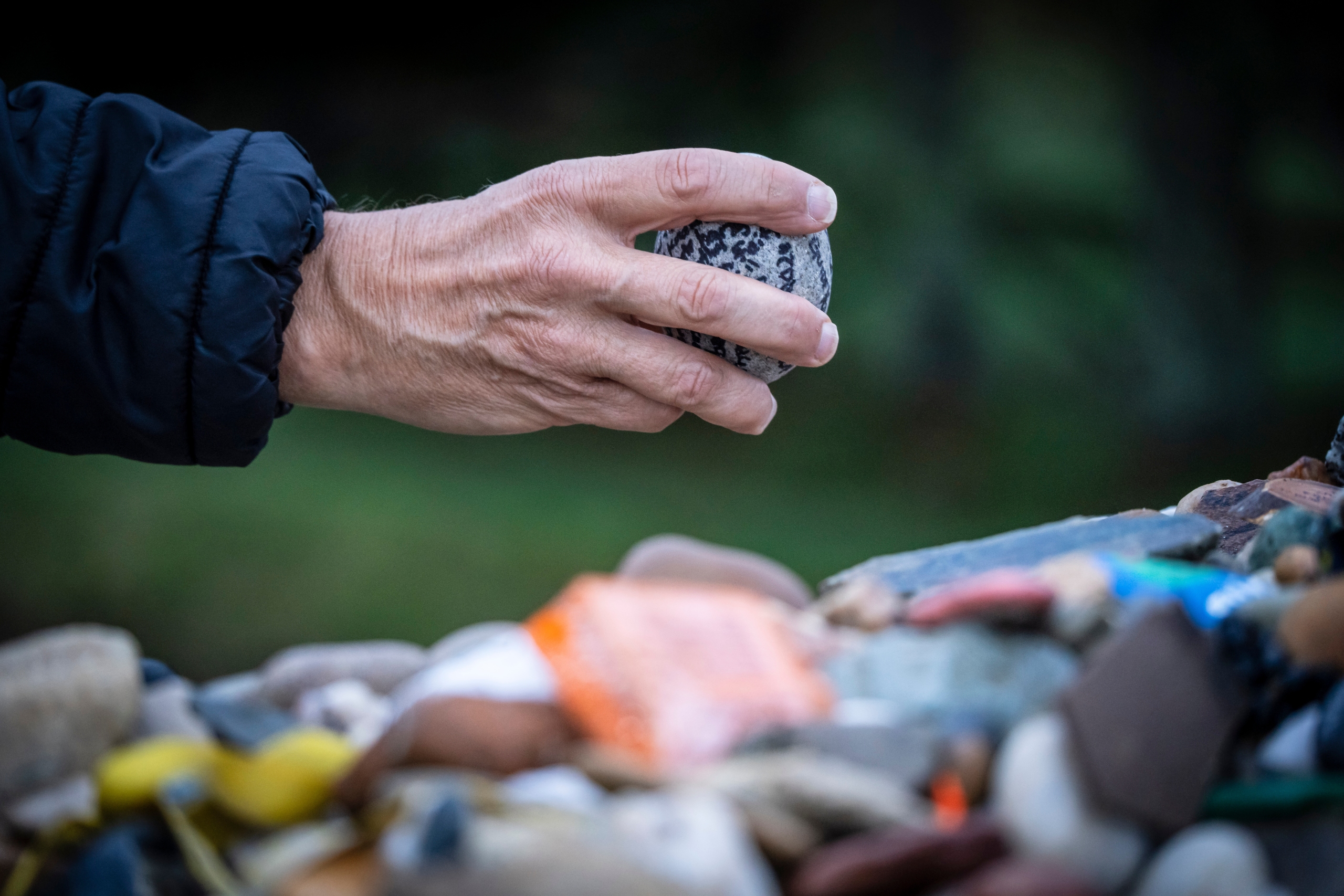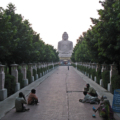There are moments when life fractures—through the loss of a loved one, the end of a relationship, a sudden illness, or a deep internal collapse. In these moments, language often feels hollow. Advice proves insufficient. Time alone doesn’t mend. And so, one walks.
Some walk for days, weeks, covering hundreds of kilometers. Not always with a clear goal, but with the certainty that staying still hurts more than moving forward.
In recent years, a growing number of people have turned to pilgrimage as a way to process grief. This is not about escape. Rather, it is an encounter—direct, embodied—with absence, change, and memory. It is a secular ritual where walking becomes an act of healing.
A Silent Response to Loss
In a world that often demands grief be processed quickly—compressed into a few days off and a handful of platitudes—pilgrimage offers a slower, more intimate rhythm.
Walking for hours each day establishes a routine that does not numb pain, but allows it space. A steady pace becomes breath. Sweat becomes release. Tears fall on dusty trails, unobserved and unjudged.
Many contemporary pilgrims embark for deeply personal reasons unrelated to religious belief. They walk to metabolize a loss, to recover a sense of inner balance, to say farewell to someone who is no longer there. Often, it is their first time undertaking anything like it. In this way, pilgrimage becomes an open ritual space where each person assigns their own meaning to the journey.
Grief and the Moving Body
Trauma psychology increasingly affirms what many have long sensed: the body is central in processing pain. Loss can throw the nervous system into disarray—causing anxiety, insomnia, disconnection. Emotions stagnate. Physical energy stalls.
Walking reactivates the nervous system naturally. It lowers cortisol levels (the stress hormone), stimulates endorphins and serotonin (mood regulators), improves sleep, and gently restores routine. In essence, the body leads where the mind is not yet ready to follow. That’s where transformation begins.
Where Pilgrimage Meets Grief
There is no single route that suits all grief, but some paths seem to resonate with those walking through loss:
- Camino de Santiago (Spain)
Europe’s most traversed pilgrimage. Many begin it without knowing why, only to realize along the way that they are enacting a farewell. Dawn departures, village crossings, and spontaneous encounters take on symbolic weight. The path becomes a story of pain and persistence.
- Via Francigena (Italy)
Quieter and more rural, this route passes through countryside and small towns, offering space where emptiness becomes a companion rather than a threat. Ideal for those seeking solitude and stillness.
- Kumano Kodo (Japan)
An ancient trail through Japan’s spiritual landscapes—forest, rain, shrines. Here, grief finds resonance in nature’s rhythms: tree canopies, shifting light, the murmur of wind. Words are unnecessary.
Testimonies from the Trail
Elena, 38 – Camino de Santiago, after her mother’s death: “Walking each day was all I could manage. I had no energy for anything else. But after the first week, I noticed the pain was still there—but it was breathing with me. It no longer crushed me.”
Roberto, 61 – Via degli Dei, after a difficult divorce: “I wanted to disappear. But walking showed me I didn’t need to run. I just needed to move—physically, emotionally. It became a rite of passage. A silent funeral for what I’d lost, and a beginning for who I was becoming.”
Sara, 44 – Kumano Kodo, after a miscarriage: “No one warned me about the grief of an invisible loss. The walk gave my pain a body. With each step, I felt less alone.”
The Role of Ritual
Grief demands ritual. Pilgrimage, in its most elemental form, is just that. One departs. One crosses. One arrives. The body understands it. The mind follows.
Beginnings are laden with fear and expectation. The middle is marked by effort and insight. The end is often ambiguous—nothing fully resolved, but something has shifted.
Many leave symbolic objects along the way: a stone, a photograph, a note. These gestures are small but potent—physical acts of farewell.
Alone or Together?
Both options hold value. Those grieving often choose to begin alone. Silence becomes a safe space where explanations are unnecessary.
Others find strength in sharing even brief stretches with fellow walkers. Trails can create fleeting, empathetic communities—free of obligations, rich in understanding.
What Comes After
Returning is often the hardest part. Life resumes with its obligations and absences. But something has changed. Pilgrims often return with:
- Greater clarity about their grief
- Improved acceptance
- A renewed personal narrative
- Increased emotional autonomy
- Deeper connection to their bodies
They do not come back “healed.” But they return able to live again—and that matters.
Pilgrimage and Psychotherapy
Many therapists now recommend pilgrimage as a complementary grief practice—not a replacement, but a support.
Some professionals even lead therapeutic pilgrimages, combining walking with structured reflection, dialogue, and journaling.
Turning Grief into Story
In walking, many find that pain begins to take form. It doesn’t vanish, but it evolves. It becomes a story—part of the self, no longer a silence. Pilgrimage does not offer neat answers. It offers a frame, a rhythm, a setting in which grief can unfold, be honored, and gradually integrated.
In a time that often equates value with productivity, this kind of journey may be one of the purest forms of freedom.
The Road as Witness and Remedy
Walking through grief is not a trend—it is a timeless necessity. It is the body’s way of telling the mind: we can still move forward. Each step doesn’t erase pain. But it makes it more breathable. Less rigid. More human.
The road offers no shortcuts. But it offers something long forgotten: the chance to transform sorrow into meaning. In certain seasons of life, walking is simply the most human way to endure.





